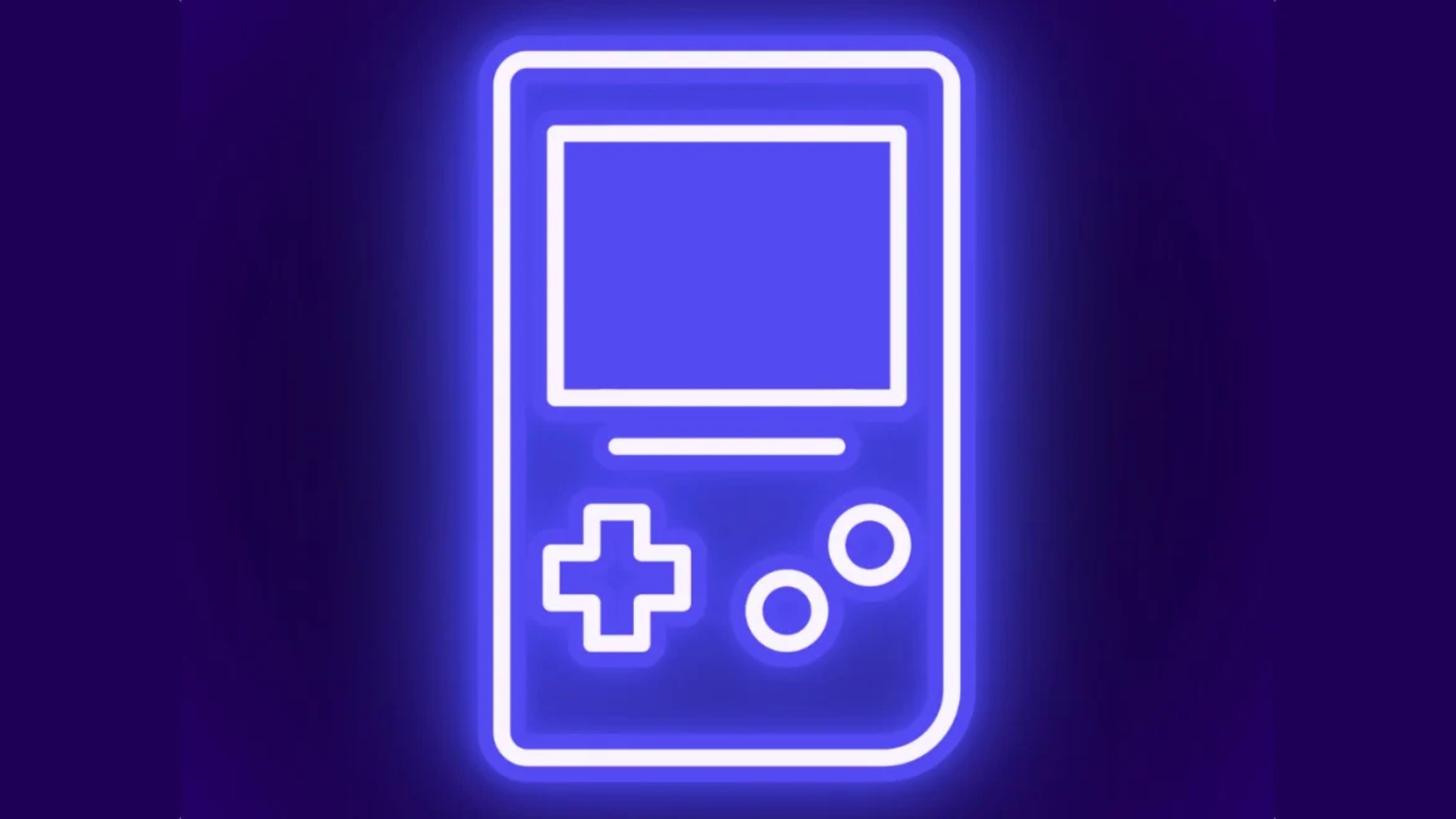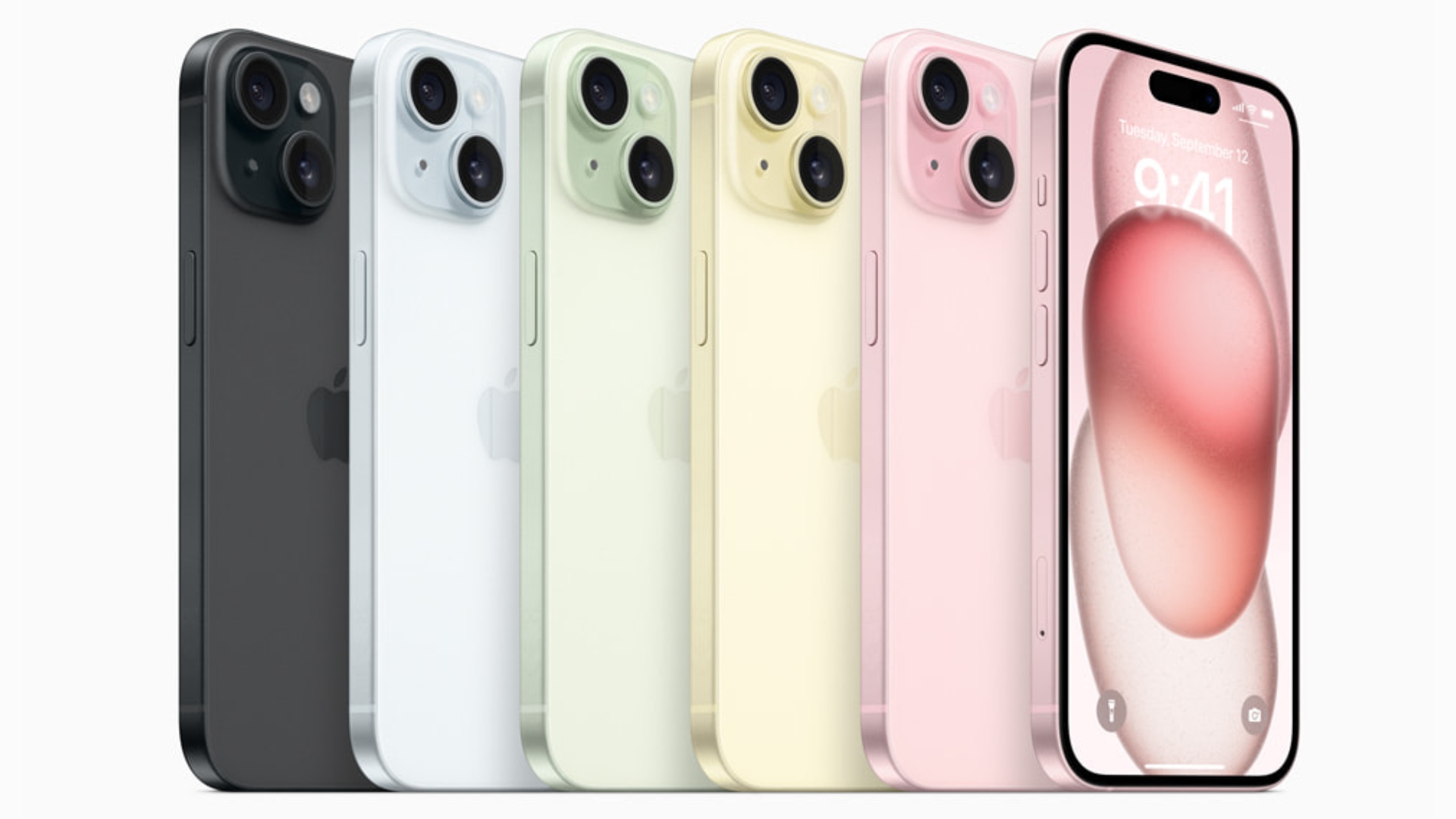
Apple’s Human Interface Group Founder Discusses iWatch Potential
An interesting addition to the already growing iWatch rumours dissecting its potential is offered by Bruce Tognazzini, Apple employee No. 66 and founder of Apple’s Human Interface Group. According to his blog post covering what the iWatch could mean, he says an Apple-signed watch could “have a profound impact on our lives and Apple’s fortunes”.

He thinks one of the greatest benefits wearable devices – in this case the iWatch – could bring to Apple is helping the company building better maps.
Using pressure data from millions of watches, Apple could build a precision altitude map of the world. This map would indicate true altitudes everywhere that iWatch wearers travel. The granularity would be several orders of magnitude greater than ever before attempted for a wide-area map at a cost several orders of magnitude less than Flyover.
After looking at the currently available smart watches, Tognazzini highlights the drawbacks Apple will need to address in order to deliver the iWatch we are expecting to just work, and these are: charging, clunky design, buttons and menu trees.
And Apple already has the answer for all of them. Charging? It owns wireless charging patents – and could put this technology to work if the watch doesn’t require much power to begin with, and will shut down the power when it’s full.
When it comes to design, there is Jony Ive, and secondly there is Apple’s recent patent on a low-cost method for creating curved glass for screens.
And you don’t need buttons if you have Siri. He writes:
“Siri will be accompanied by touch, of course, with touch handling the lighter tasks, Siri the more complex. There will be overlap, so you can use more complex touch maneuvers when you can’t speak to your watch, during a meeting perhaps or when there’s a lot of ambient noise. Many people will never learn the more complex maneuvers, nor will they need to as the iPhone, iPad, and Mac will offer simple alternative interfaces to the more complex tasks.”
And here are the killer features that could fix two of the most serious issues users have with their mobile devices, ones they may not even realize they have.
“Passcodes. The watch can and should, for most of us, eliminate passcodes altogether on iPhones, and Macs and, if Apple’s smart, PCs: As long as my watch is in range, let me in! That, to me, would be the single-most compelling feature a smartwatch could offer: If the watch did nothing but release me from having to enter my passcode/password 10 to 20 times a day, I would buy it. If the watch would just free me from having to enter pass codes, I would buy it even if it couldn’t tell the right time! I would happily strap it to my opposite wrist! This one is a must. Yes, Apple is working on adding fingerprint reading for iDevices, and that’s just wonderful, but it will still take time and trouble for the device to get an accurate read from the user. I want in now! Instantly! Let me in, let me in, let me in!”
“Local Find: As long as your device is close by, just scrawl a question mark on the top of your iWatch or perhaps ask Siri, “Where’s my phone?” and your phone will light up and start chiming. Of the eight steps above, you need perform only step seven. (You would find your iPod or iPad the same way, of course.)”
“Automatic Find: By the time you realize you have left your top-secret prototype iPhone sitting on the bar, Gizmodo will have probably already published an article on it. However, with the iWatch on your wrist, as soon as you move out of range, it will tell you that you’ve forgotten your phone, then help you locate it, as needed.”
You can check out the whole article. It is definitely a must-read!
[Via 9to5Mac]

